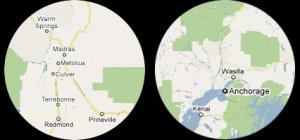sparkleloo
Rough_Rock
- Joined
- Aug 23, 2012
- Messages
- 12
Hello!
I've read through a lot of Pricescope threads in the past few months and have really learned a lot. I'm still quite new to all of this, though, and I'm confused about clarity...
I was recently looking at a BGD Signature H&A stone. It has a clarity grade of VS2 and shows at least 15 inclusions. That seems like a really big number? Most other stones I've seen have a few, but nothing like 15. They are crystals and needles.
I know they are a really great company and sell great diamonds. They did confirm that the stone is eye clean. They said you'd need a loupe (at least 10x magnification) to see the inclusions. But I guess I still feel uncomfortable. Should I?
Thank you so much!
I've read through a lot of Pricescope threads in the past few months and have really learned a lot. I'm still quite new to all of this, though, and I'm confused about clarity...
I was recently looking at a BGD Signature H&A stone. It has a clarity grade of VS2 and shows at least 15 inclusions. That seems like a really big number? Most other stones I've seen have a few, but nothing like 15. They are crystals and needles.
I know they are a really great company and sell great diamonds. They did confirm that the stone is eye clean. They said you'd need a loupe (at least 10x magnification) to see the inclusions. But I guess I still feel uncomfortable. Should I?
Thank you so much!




300x240.png)